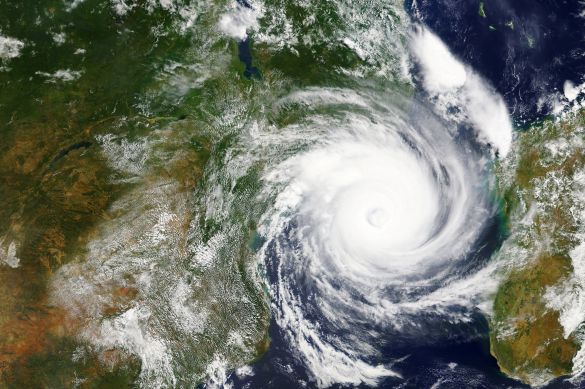News
Reinsurance Solutions Intermediary Services is growing all the time.
Take a look through our news articles for more on our latest client wins, new products and services, and exactly how we're helping Southern African insurance firms meet their customer obligations.
News | Parametric insurance - a lifeline for Africa
Parametric insurance - a lifeline for Africa
November 12 2024 By Reinsurance Solutions parametric insurance, natural disasters

In the face of growing climate change-related events, parametric insurance is being touted as the best possible protection for businesses operating in Africa. The World Economic Forum goes as far as to say that 'it could become a key part of the relief capital mix' as it offers a quick and relatively low-cost insurance solution.
With many clients operating in industries at the forefront of climate change risks in Africa, Reinsurance Solutions has long been aware of the potential of parametric insurance to provide a robust safety net. As such, its parametric cover is tailored to the specific threats facing businesses on the continent.
What is parametric insurance?
Parametric insurance is also known as index insurance, and is an agreement by the re/insurer to pay out should a predefined event (the 'trigger') occur. It doesn't indemnify actual losses incurred but rather uses an index (a simple measure or parameter) that correlates with the insured's financial loss. Payouts can be relative to the extent of the triggering event.
To this end there are no claims or loss adjustment processes, and the payout is immediate following the occurrence of the predetermined event, regardless of any actual losses incurred.
The insured purchases a maximum payout cover, with the premium being determined by the limit chosen as well as the exposure of the insured.
An independent third party such as the US Geological Survey for earthquake, the Australian Bureau of Meteorology for tropical cyclones or the National Hurricane Center then determines the intensity of the event and the impact on the claim.
It's important to note that the payout on a parametric product is unlikely to match the financial loss of the insured.
Parametric insurance is regarded as being measurable, transparent and more efficient in terms of payouts in emergency situations in under-resourced countries.
Examples of predetermined events covered by this insurance include tropical cyclone winds reaching a certain windspeed in Mozambique; an earthquake achieving a pre-negotiated magnitude in the Democratic Republic of Congo; or flooding reaching a certain threshold in Malawi.
In such instances, the insured is paid out and the funds put towards any losses sustained, which may or may not be fully covered by the sum paid out.
Well suited to Africa
According to the World Economic Forum, parametric re/insurance is naturally suited to the Global South, which includes Africa.
"While traditional insurance typically requires historical data around penetration, premium, and losses, parametric re/insurance is free of these constraints.
"All that matters is the likelihood that a given event of a given magnitude occurs. There's no room for regulators to change the rules or the need for underwriters to evaluate protection buyers. Simplicity is what makes parametric re/insurance effective.
"The mechanism is quite simple and is best explained with an example. Let's say you want to insure a farm in Chile, and you want $10,000 in insurance protection for earthquakes of at least 7Mw on the moment magnitude scale.
"You would pay premium for your parametric earthquake insurance policy, and if there's a 7Mw earthquake during the policy period, you'd collect $10,000."
Room for growth in South Africa
The September 2021 article 'Parametric to the rescue' in COVER Web Magazine said that at the time, only 15% of the economic losses caused by major natural catastrophes in South Africa were covered by insurance, "leaving almost 85% of the economic losses uninsured".
Although coverage has improved since then, this points to the potential that exists in the country for specific insurance that better covers policyholders against such disasters.
The article also noted that due to low claims administration costs, parametric insurance was an affordable solution for South Africans. It could also be offered in remote areas, effectively extending the accessibility and reach of insurance cover in the country.
This is critical for animal and crop farmers, who bear the brunt of climate change events through unrecoverable stock and crop losses.
So too for the rest of Africa, where smallholder farmers and those involved in safeguarding food security struggle against extreme weather events - both in terms of securing their stock and crops, and in terms of obtaining post-event relief.
Earlier this year, the African Union's African Risk Capacity (ARC) put parametric insurance in Africa on the map when it signed a US$11.7-million agreement with the US government to increase access to index insurance on the continent.
It is hoped that the partnership will help to protect food security and bolster climate resilience in Africa by providing improved protection for vulnerable smallholder farmers in the face of increasing climate change weather events.
As much as a lifeline parametric insurance may be, it's critical that such policies are accurately structured.
Clients must partner with reinsurers capable of clearly defining triggering events, precisely describing the extent of coverage and that select the most appropriate data sources for accurate risk modelling.